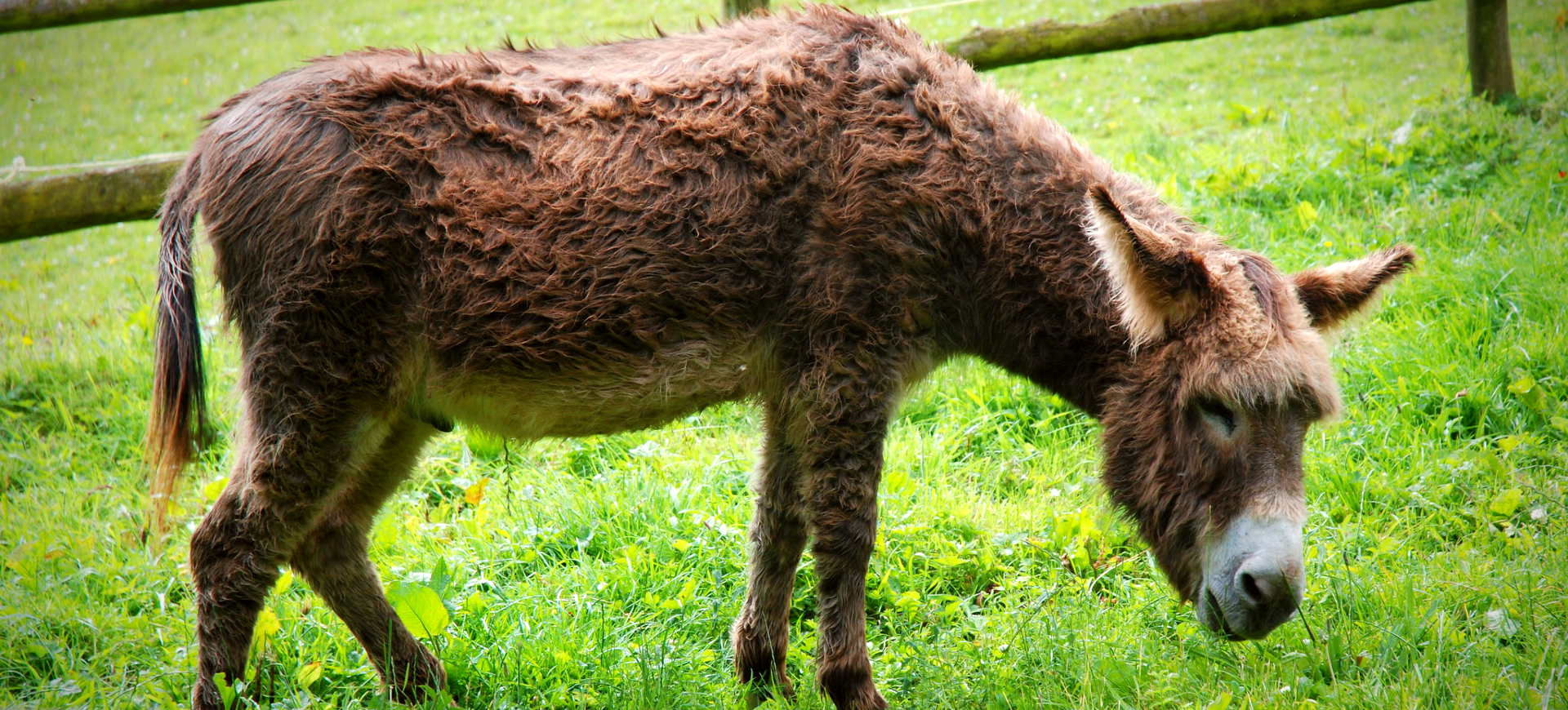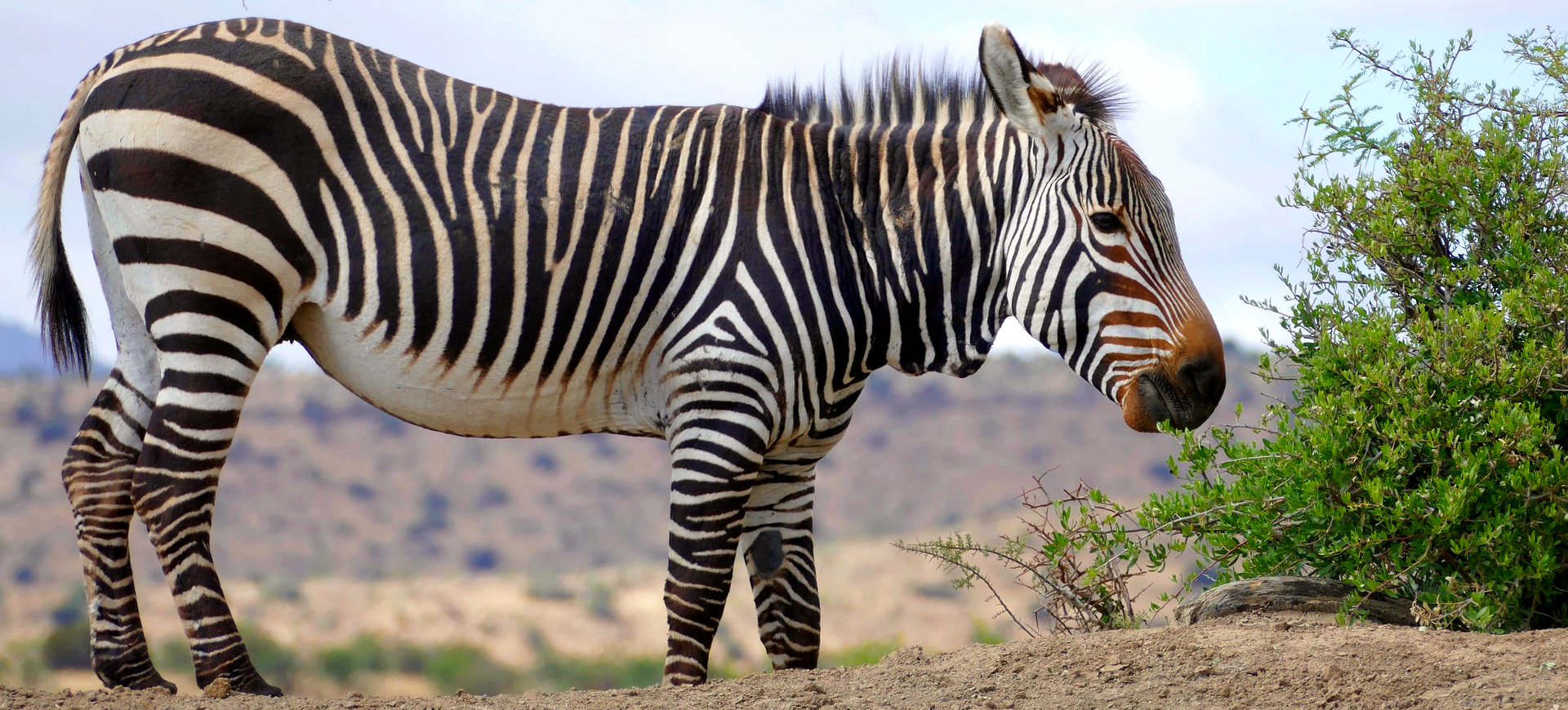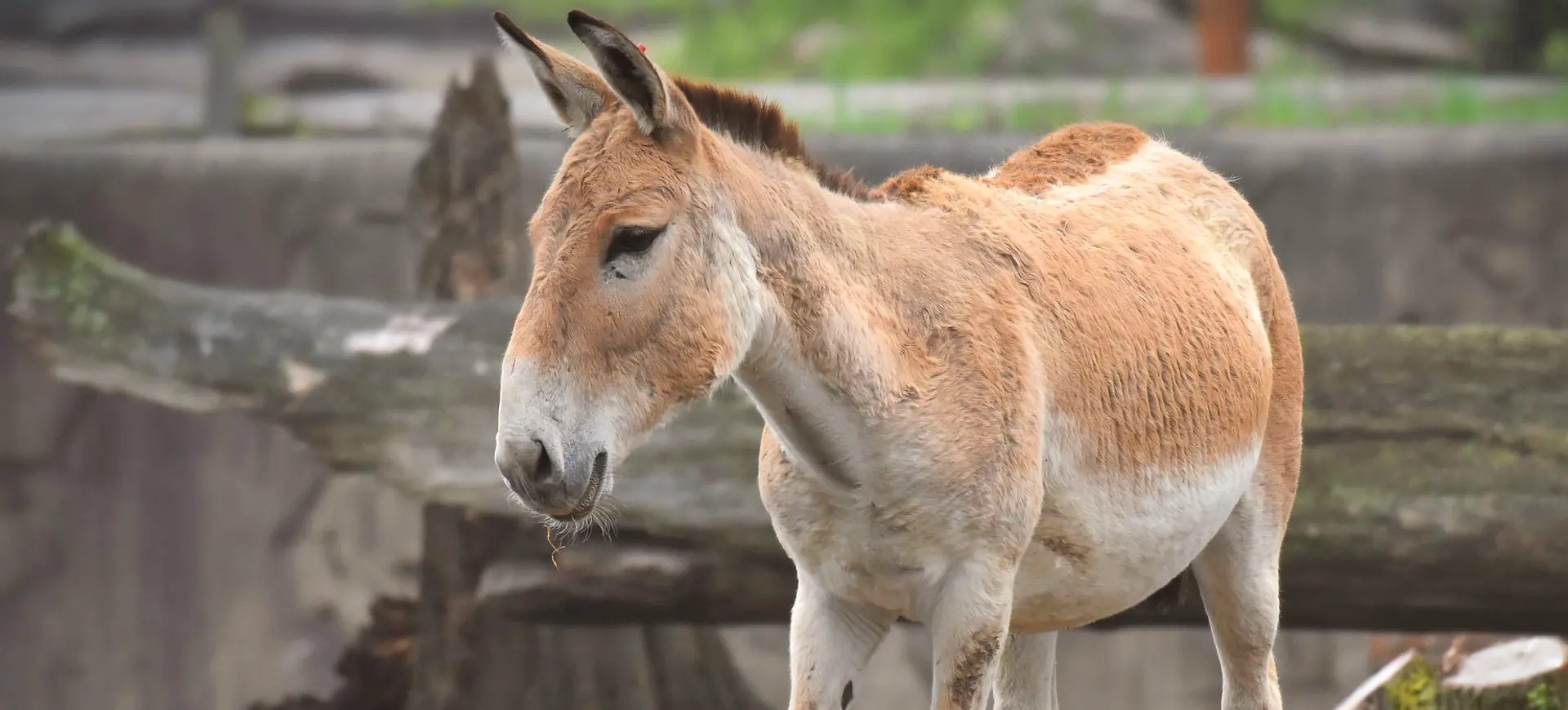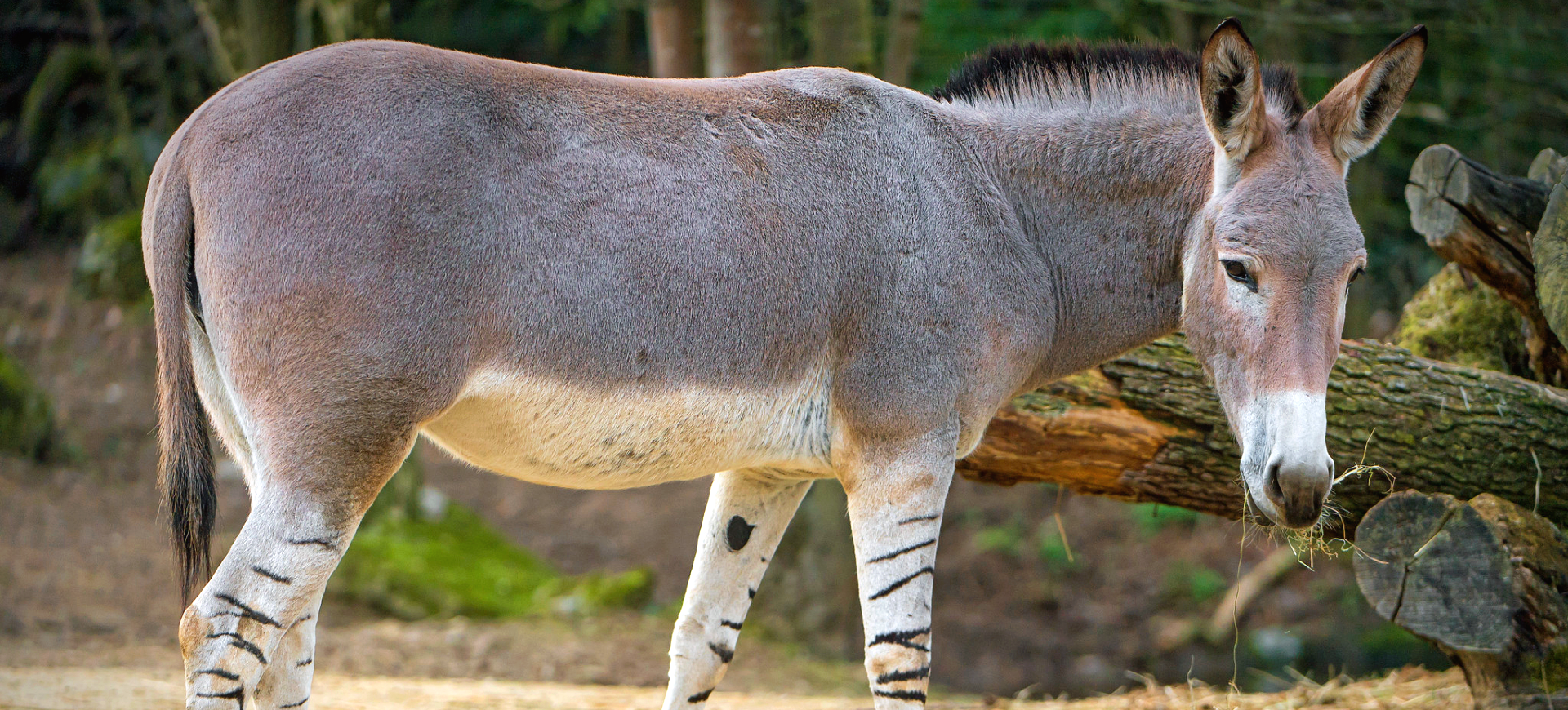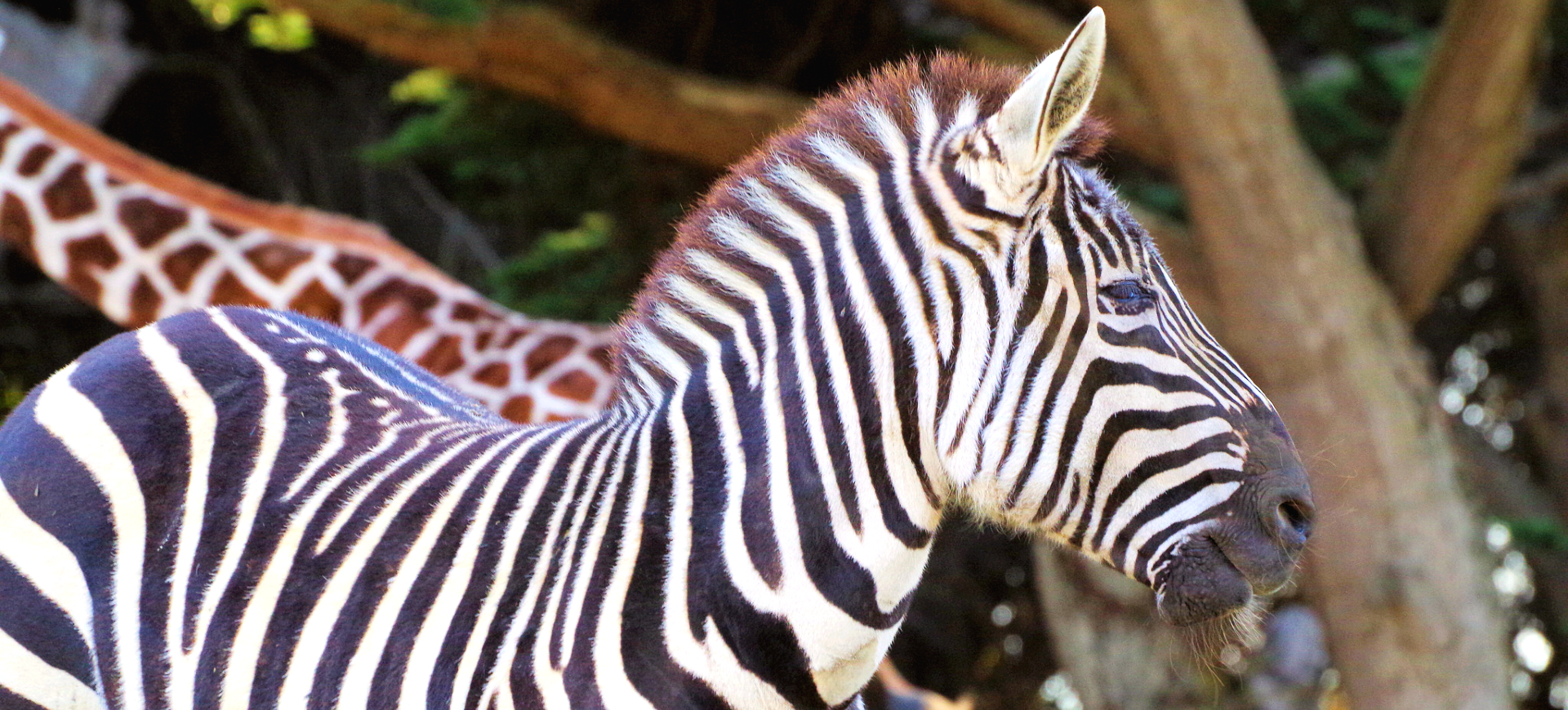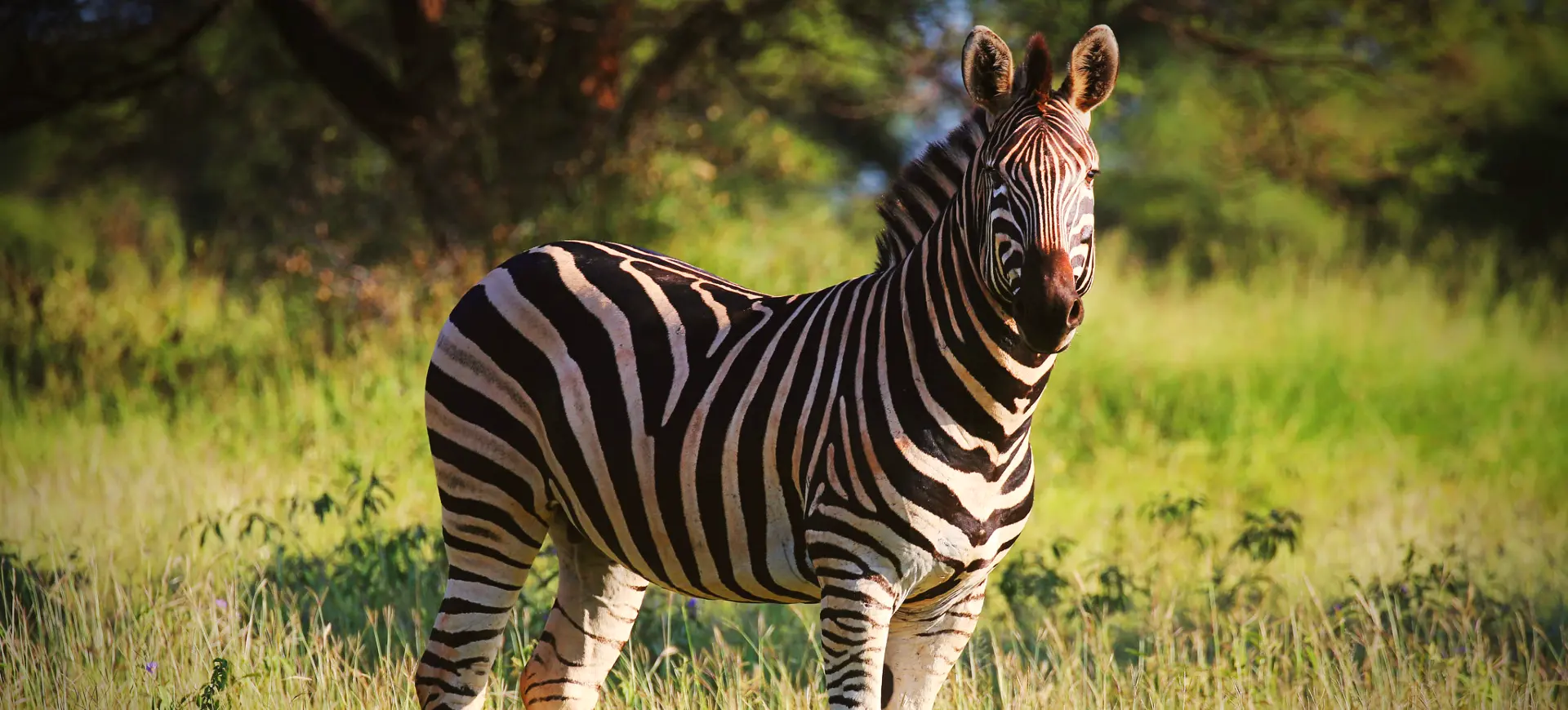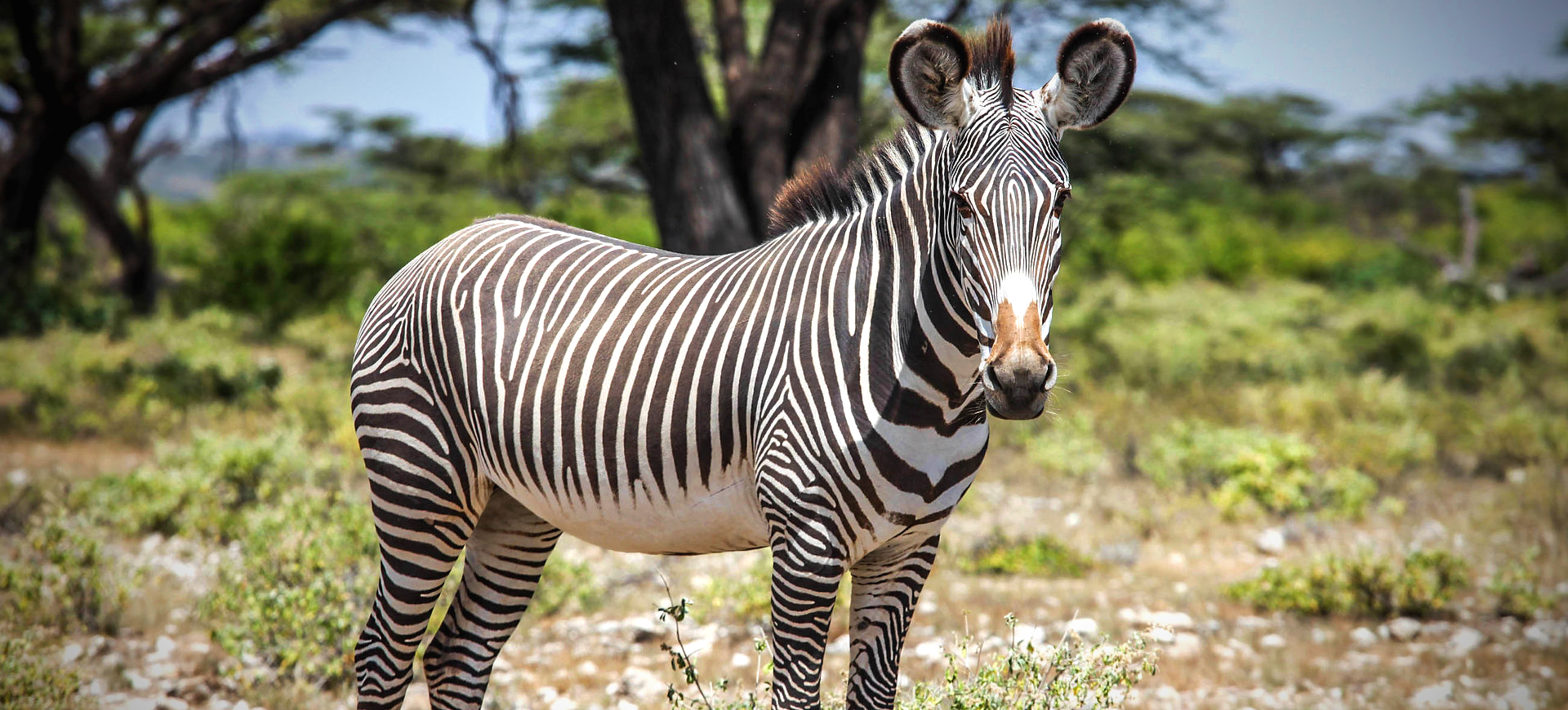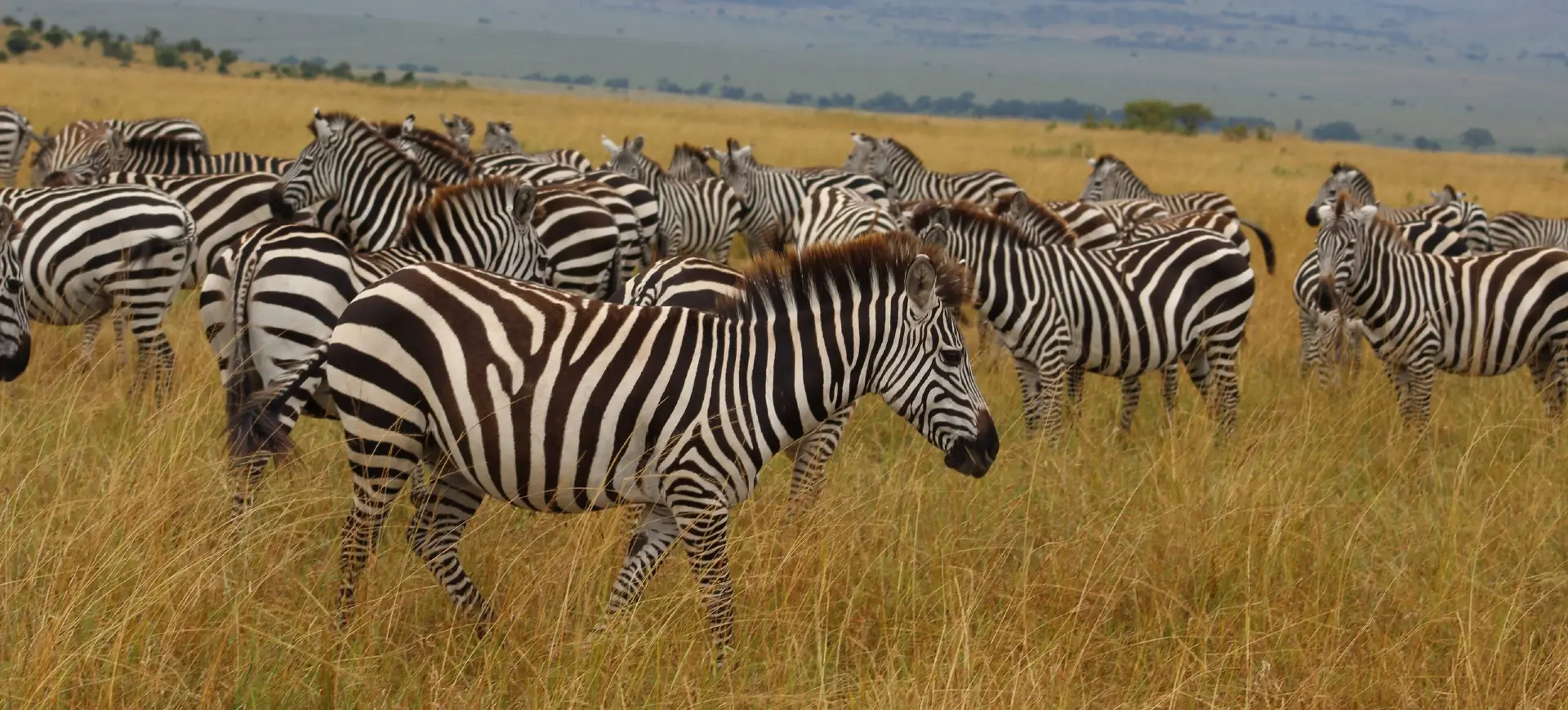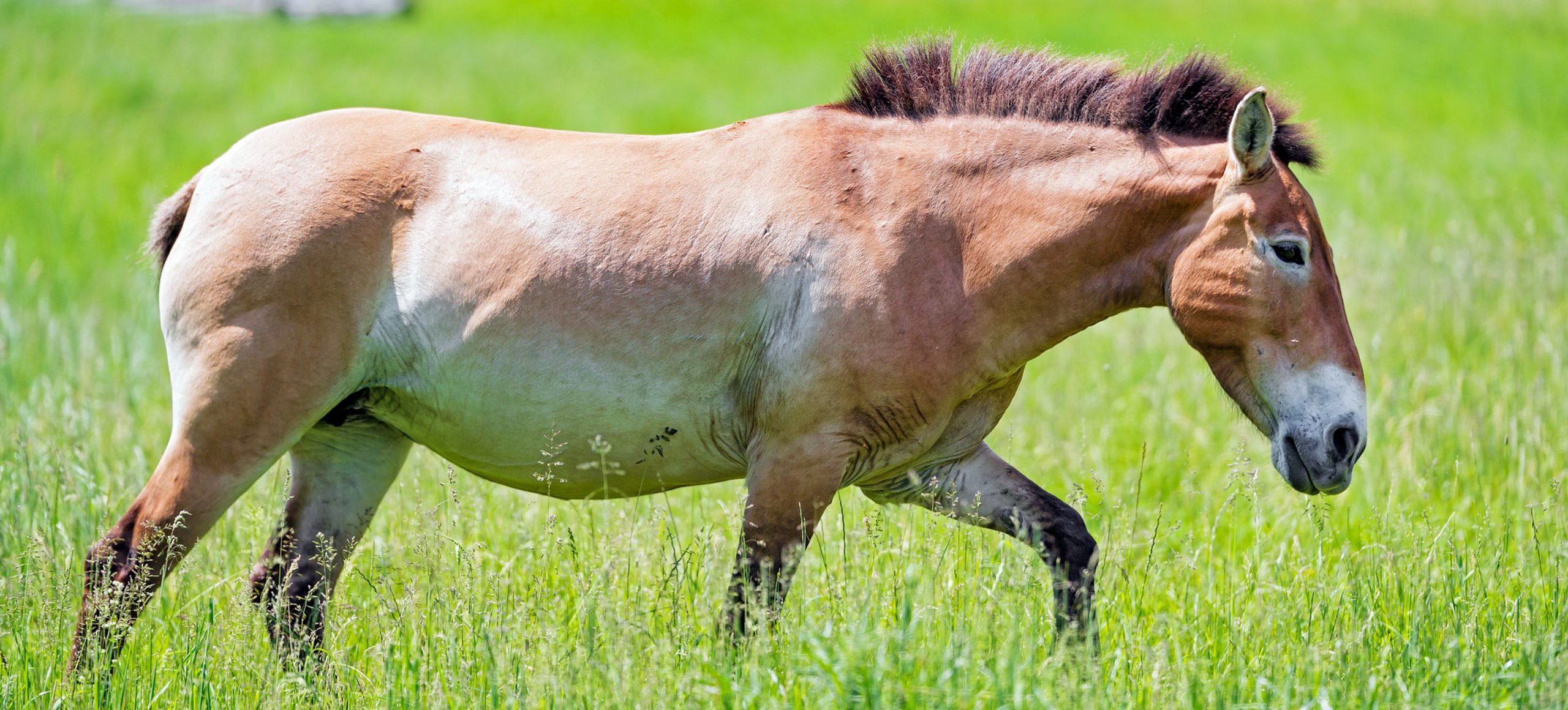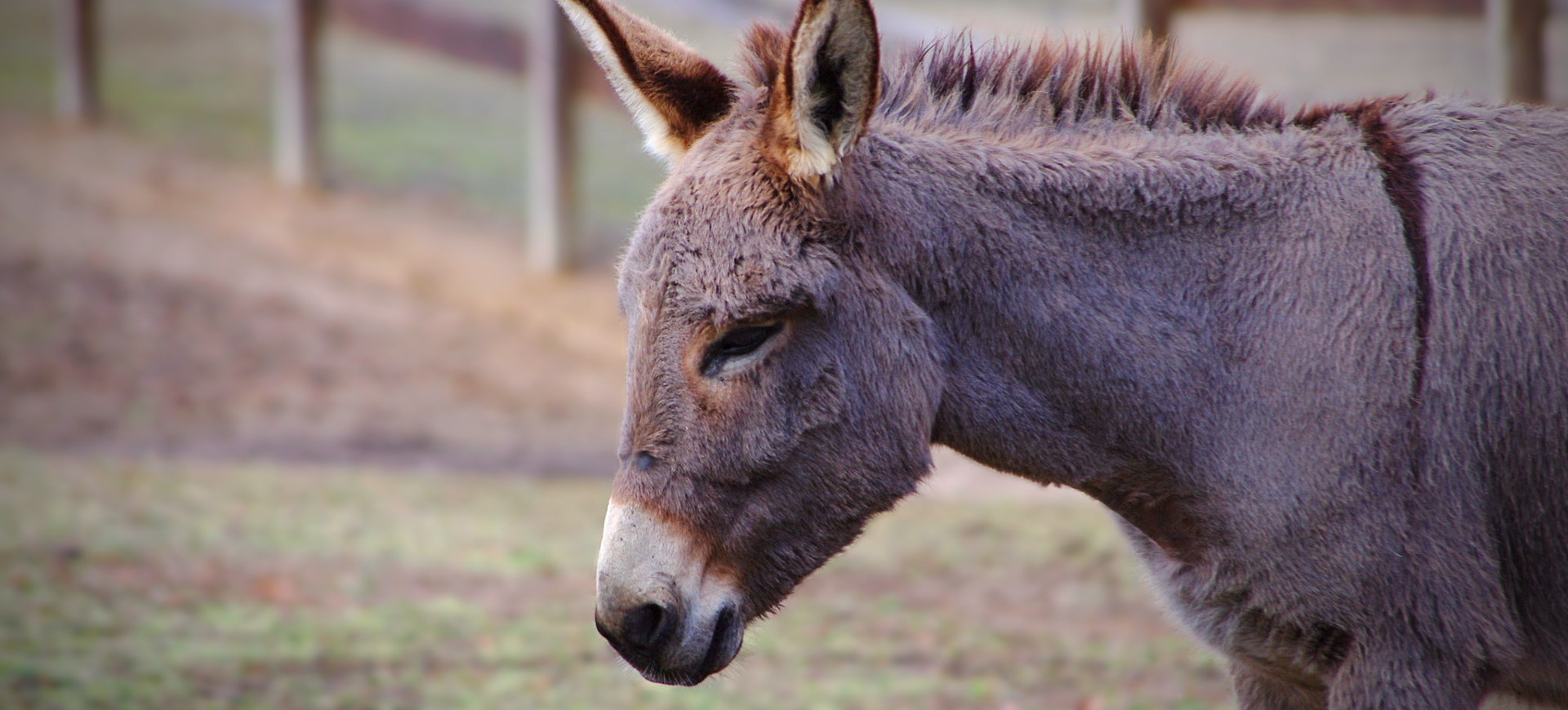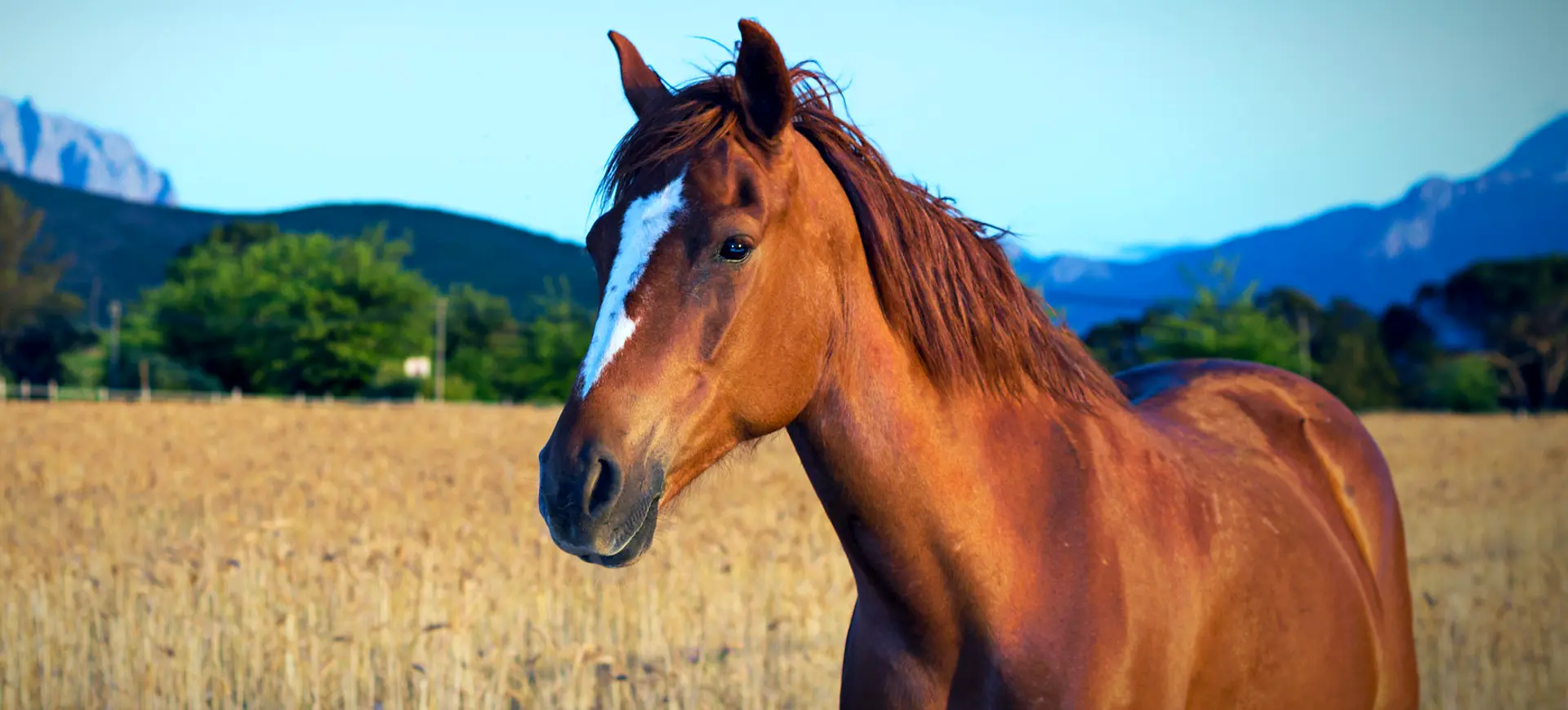Overview
The Mountain Zebra (Equus zebra) is one of the three species distinct from plains zebras. It has a dewlap, a larger body build, and thin stripes. Its numbers have dwindled due to hunting for its skin, leading to its endangered conservation status. Mountain zebras are native to southwestern Angola, Namibia, and South Africa. It has two subspecies, the Cape Mountain Zebra (E. z. zebra) and the Hartmann’s Mountain Zebra (E. z. hartmannae), and is well adapted to mountainous terrains and arid environments.
Mountain Zebras display a unique social structure, with small groups consisting of one stallion, several mares, and their offspring. Stallions that do not have their herds tend to form bachelor groups. The Mountain Zebra is known to be highly water-dependent, drinking daily when water is readily available, and has developed some strategies for surviving in harsh, arid conditions.
Mountain Zebras predominantly feed on tufted grass, bark, leaves, buds, fruit, and roots. This diet fluctuates according to seasonal changes. In periods of drought, the mountain zebra will consume more bark and leaves, and during the rainy season, grass makes up most of the zebra’s diet.
Taxonomy
Kingdom
Phylum
Class
Order
Family
Genus
Species
Sub Species
Type
Physical Description:
Mountain Zebras display thin, black-and-white stripes with patterns unique to each individual, just like fingerprints in humans. They have a distinguishing gridiron pattern of stripes on their rumps and underbellies that are completely white with no striping. Their skin underneath the fur is black, which helps to dissipate over 70% of incoming heat. Mountain zebras are somewhat larger than other zebra species, with a well-muscled body and a distinct dewlap, absent in other zebra species.
The mane is stiff and erect, running from the top of the head down the neck. Their ears are usually in constant motion, rotating to pick up sounds from all directions. Mountain Zebras have excellent hearing and eyesight, which, coupled with their speed, helps them evade predators. Their hooves are hard and pointed, making them well-suited to rocky, uneven terrains.

Lifespan: Wild: ~20 years || Captivity: ~30 years

Weight: Male: 660 lbs (300 kg) || Female: 530 lbs (240 kg)

Length: Male: 8.5 feet (2.6 m) || Female: 8.2 feet (2.5 m)

Height: Male: 51 inches (130 cm) || Female: 49 inches (125 cm)

Top Speed: 40 mph (64 km/h)
Characteristic:
Native Habitat:
Mountain Zebras are most commonly found in the mountainous and hilly regions of Southwestern Angola, Namibia, and South Africa. They inhabit the slopes and plateaus of these mountain ranges, where they are well-adapted to survive in harsh conditions. Their preferred habitat includes a mixture of scrubland, grassland, and woodland, providing food and shelter.
Mountain Zebras have strong social bonds, with small herds of mares and their offspring led by a single stallion. They often migrate seasonally between different altitudes, grazing in the highlands during the warmer months and descending to lower elevations during the colder months. They are also known to migrate in response to rainfall patterns.
Biomes:
Biogeographical Realms:
Continents:
Countries:
Diet:
Diet & Feeding Habits:
Mountain Zebras are predominantly grazers, feeding on grasses, shrubs, herbs, leaves, bark, and roots. Their dietary preference is for shorter grasses, but they are adaptable and consume longer grasses when necessary. They are also known to eat tree bark, especially during the dry season, which supplements their fibrous intake.
Mountain Zebras have a hindgut fermentation digestive system that allows them to extract maximum nutrition from a fibrous diet. This digestive system makes it possible for them to survive in environments with poor vegetation quality. They can spend up to 60% of their day grazing, especially during the early morning and late afternoon hours.
Mating Behavior:
Mating Description:
Mountain Zebras are polygynous, with a dominant stallion mating with all the mares in his herd. Mating usually occurs during the early rainy season, with most foals being born during the subsequent rainy season when food is abundant. The breeding stallion has to ward off other males and ensure the safety of the females in his harem.
Before mating, a courting ritual takes place, where the stallion closely follows the mare and nudges her rump. The mare signals her readiness to mate by holding her tail up to one side. After mating, the gestation period lasts about a year, after which a single foal is born.
Reproduction Season:
Birth Type:
Pregnancy Duration:
Female Name:
Male Name:
Baby Name:
Social Structure Description:
Mountain Zebras live in small, stable social groups called harems, typically consisting of one dominant stallion, one to five mares, and their foals. Bachelor males live alone or form small groups until they can acquire females and form their harems.
Communication within the group is mainly through vocalizations and body movements. They display a variety of social behaviors, such as mutual grooming, which reinforces social bonds within the group.
Groups:
Conservation Status:
Population Trend:
The current wild population of Mountain Zebras is estimated to be around 35,000, showing an increasing trend due to rigorous conservation efforts over recent years. The species has recovered from a low of fewer than 100 individuals in the early 20th century, mostly due to protected areas like Mountain Zebra National Park.
Despite this increase, the population distribution is highly fragmented, with most Mountain Zebras found within South Africa and Namibia. Populations outside these countries are scarce, and the gene flow between populations is limited due to geographical barriers, which can lead to reduced genetic diversity and increased inbreeding.
Population Threats:
The Mountain Zebra faces several threats, mainly habitat loss and fragmentation due to agricultural expansion. The zebras often conflict with farmers, sometimes invading crops, leading to retaliatory killings.
Hunting for their attractive skin is another significant threat. Overhunting in the early 20th century led to a significant decline in their numbers. Although hunting is now regulated in many areas, illegal hunting still occurs. Climate change also poses a threat by altering their habitats and the availability of their food resources.
Conservation Efforts:
Conservation efforts for the Mountain Zebra include establishing protected areas, such as the Mountain Zebra National Park in South Africa, where they are safe from hunting and habitat loss. Several successful reintroduction programs have been carried out to increase their numbers and genetic diversity.
Community-based conservation efforts have also been implemented to reduce human-wildlife conflicts. These involve educating local communities about the importance of zebra conservation and finding sustainable solutions to crop raiding.
Additional Resources:
Fun Facts
- Each Mountain Zebra has a unique stripe pattern, similar to human fingerprints.
- Mountain Zebras can roll in dust or mud to protect their skin from insects and the sun.
- They are agile climbers and often live in rugged mountainous areas.
- Mountain Zebras have a pad of fatty tissue, called a ‘dewlap,’ hanging from their throats, unlike other zebra species.
- They have excellent eyesight and hearing to help detect predators.
- Stallions are very protective of their mares and will fight fiercely for them.
- Mountain Zebras can rotate their ears in almost any direction, even backward.
- Thanks to their specialized digestive systems, they are one of the few herbivores to eat the fibrous parts of plants.
- The black and white stripes on a zebra help to reflect over 70% of incoming heat.
- A Mountain Zebra’s teeth continue growing throughout its lifetime to compensate for the wear from grinding grass and plants.








